Suzanne
Treister
2012
THE
REAL TRUTH A WORLD'S FAIR
A
project at Raven Row, London, from July 28th - August 19th 2012 over 4
weekends
|
Robert
Rydell - Saturday 28th July 2012 Robert W. Rydell is Professor of History and Director of the Montana Humanities Institute at Montana State University. He has written books that examine the power of the world's fairs to define the modern world, especially to lend legitimacy to America's growing imperial ambitions after the Civil War. Rydell demonstrates ways that international exhibitions reveal intersections between the cultural politics of race, class and gender and afford important insights into the complexities of globalisation. |
|||
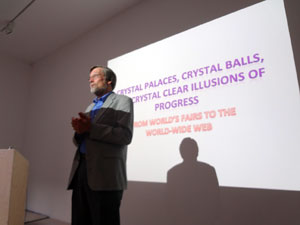 Although he doesn't have a crystal ball, Prof. Rydell does have a Crystal Palace to help with understanding future's past. |
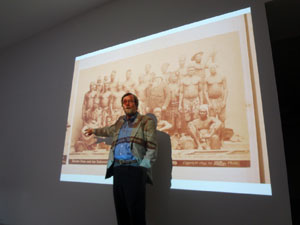 World's Fairs, sometimes called International Exhibitions, Universal Expositions, or World Expos, played a pivotal role in shaping ideologies of race and empire across the Nineteenth and Twentieth Centuries. |
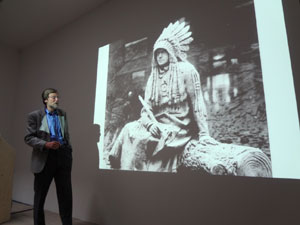 The Prince of Wales done up in a one-ton butter sculpture at the 1924-25 British Empire Exhibition. |
|
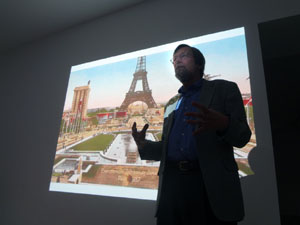 World's Fairs often provided blueprints of the future as in this case at the 1937 Paris exposition where the Nazi and Soviet pavilions squared off. |
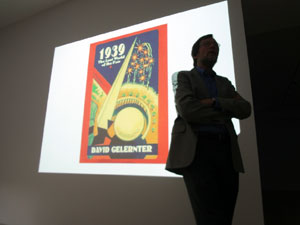 World's Fairs remain a source of interest and inspiration as in the case of David Gelertner's book written after he was attacked by the Unabomber. |
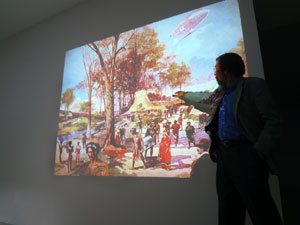 We sometimes forget about the indigenous people displayed at fairs, in this case the 1,200 Filipinos put on exhibit at the 1904 St. Louis Fair by the U.S. government and leading anthropologists. |
|
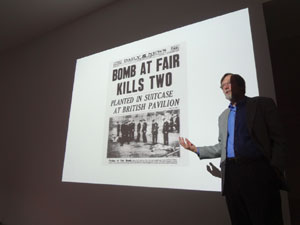 In 1939, a bomb was removed from the British Pavilion at the New York World's Fair, but it detonated, killing two policemen. Those who planted the bomb were never identified or apprehended. |
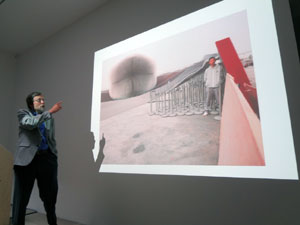 This man standing near the British Pavilion at the 2010 Shanghai World Expo was one of 70 million visitors to attend this exposition. |
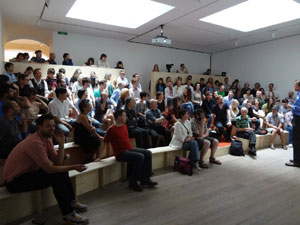 Q & A session |
|
| THE REAL TRUTH A WORLD'S FAIR | |||
| Treister homepage | |||